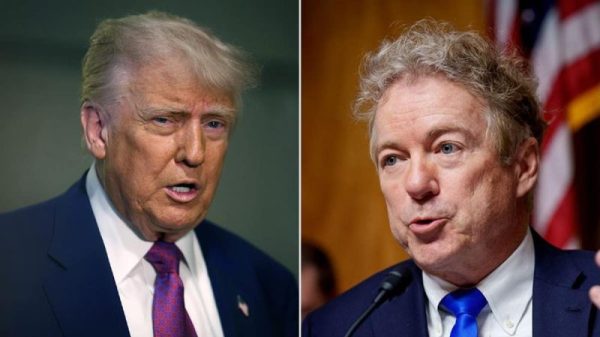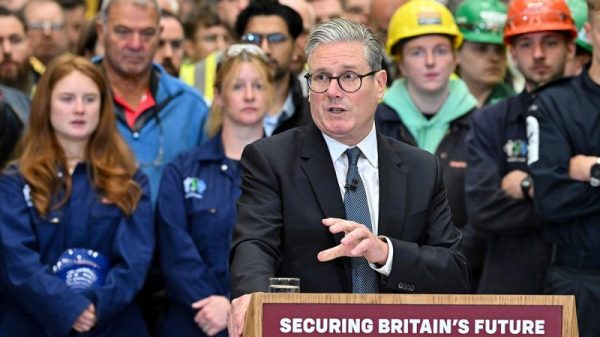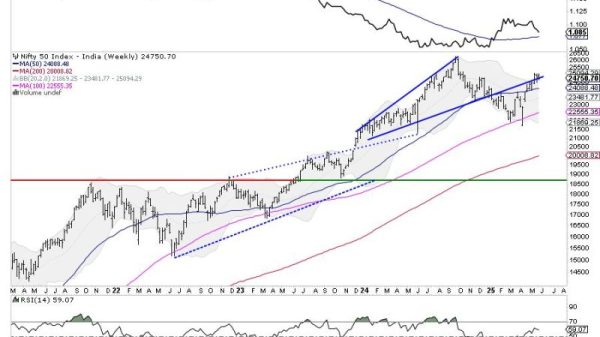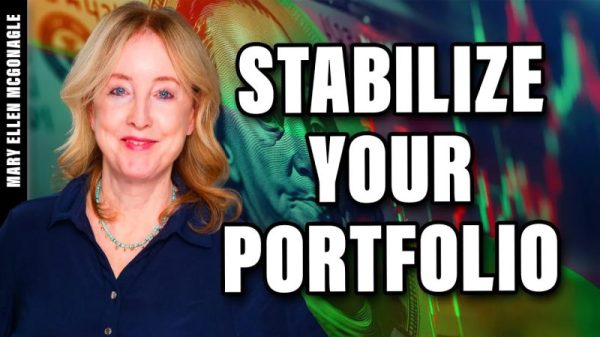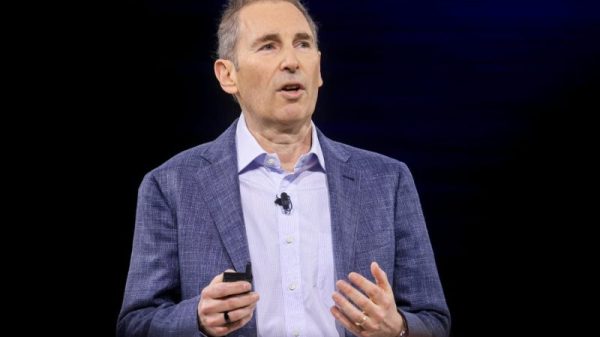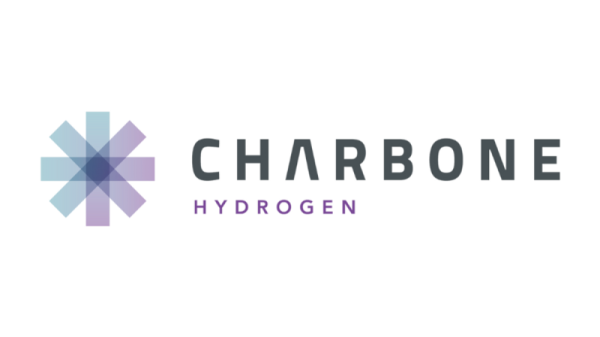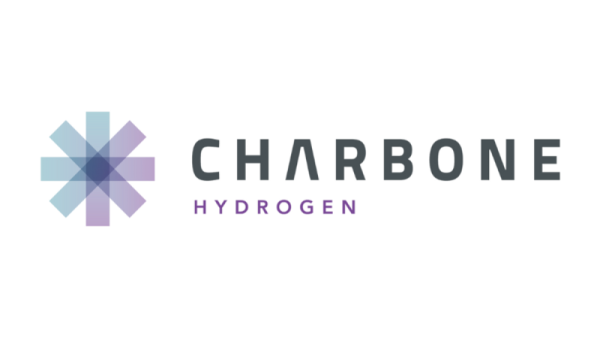Jeffrey A. Singer
Last week, President Donald Trump told a National Republican Congressional Committee audience that he intends to impose tariffs on pharmaceutical products entering the United States soon. Finished pharmaceutical products and active pharmaceutical ingredients (APIs) are not subject to the tariffs imposed last week. He hopes to “re-shore” pharmaceutical manufacturing. American patients, already facing declining health care access and rising health care costs, should brace for even greater challenges.
Approximately one-third of finished pharmaceutical products available in the United States are produced domestically. In 2024, the European Union (EU) exported $127 billion in pharmaceuticals to the US, its largest export to this country. Of this amount, $78.61 billion came from Ireland due to its favorable tax and regulatory environment and skilled workforce. In 2023, China exported $2.2 billion in pharmaceutical products to the US.
According to a report from Avalere Health, about 47 percent of APIs used to make medicines that Americans consume are imported from other countries. The EU is the largest foreign source of APIs produced for the US market, accounting for 26 percent, with India in second place at 18 percent. According to the FDA’s Center for Drug Evaluation and Research, API manufacturers operate 13 percent of their facilities in China, 28 percent in the United States, and 59 percent in other countries around the world. One recent study found that 90 percent of generic drugs rely on imported APIs. A 2022 report from the Food and Drug Administration’s Office of Generic Drugs estimated that 91 percent of all prescriptions filled by US pharmacies are filled as generics.
Surveys reveal that people are quite worried about the high prices of prescription drugs. A recent Kaiser Family Foundation (KFF) poll indicated that most Americans believe prescription medicines are too expensive, with 30 percent reporting difficulties in affording them. Trump’s tariffs on finished pharmaceuticals and APIs will raise the cost of most medications.
Pharmaceutical companies can shift the cost of tariffs to American taxpayers by increasing Medicare, Medicaid, and the Veterans Affairs health systems charges. The irony is that taxpayers would offset any revenue gained from the tariffs through these expenditures.
However, in many instances, pharmaceutical companies will find it more difficult to pass the costs to consumers. Drug manufacturers negotiate prices with third-party payers, such as insurers, pharmaceutical benefits managers (PBMs), and certain government programs, often establishing fixed prices or rebates, which limits manufacturers’ ability to increase prices without renegotiating terms. Competition and payer contracts significantly restrict drug prices, so manufacturers may struggle to transfer tariff costs to consumers without jeopardizing contracts or market share.
Manufacturers might raise prices to offset higher costs, but insurers often absorb these increases instead of passing them on to consumers. Tariff-induced cost hikes could lead to higher patient co-pays and out-of-pocket expenses if insurers or PBMs adjust cost-sharing to protect their profit margins. Finally, insurers can pass on their increased costs through higher premiums.
Finally, pharmaceutical companies may have to absorb certain tariff-related costs that they cannot pass on to taxpayers, third-party payers, or consumers. This will lower their profits and leave companies with fewer resources for investing in research and development. Consequently, all of us will bear the cost of diminished pharmaceutical innovation. We will never know which next breakthrough was lost to diminished innovation.
In the end, tariffs on pharmaceuticals won’t just impact balance sheets—they will also affect patients. Whether through higher premiums, increased out-of-pocket costs, or fewer new treatments in the future, American health care consumers will bear the burden. These policies may sound tough on paper, but their real-world effects further strain an already pressured health care system and put lifesaving medications even further out of reach. If the goal is to make medicines more affordable and accessible, punishing the supply chain that delivers them is exactly the wrong approach.

